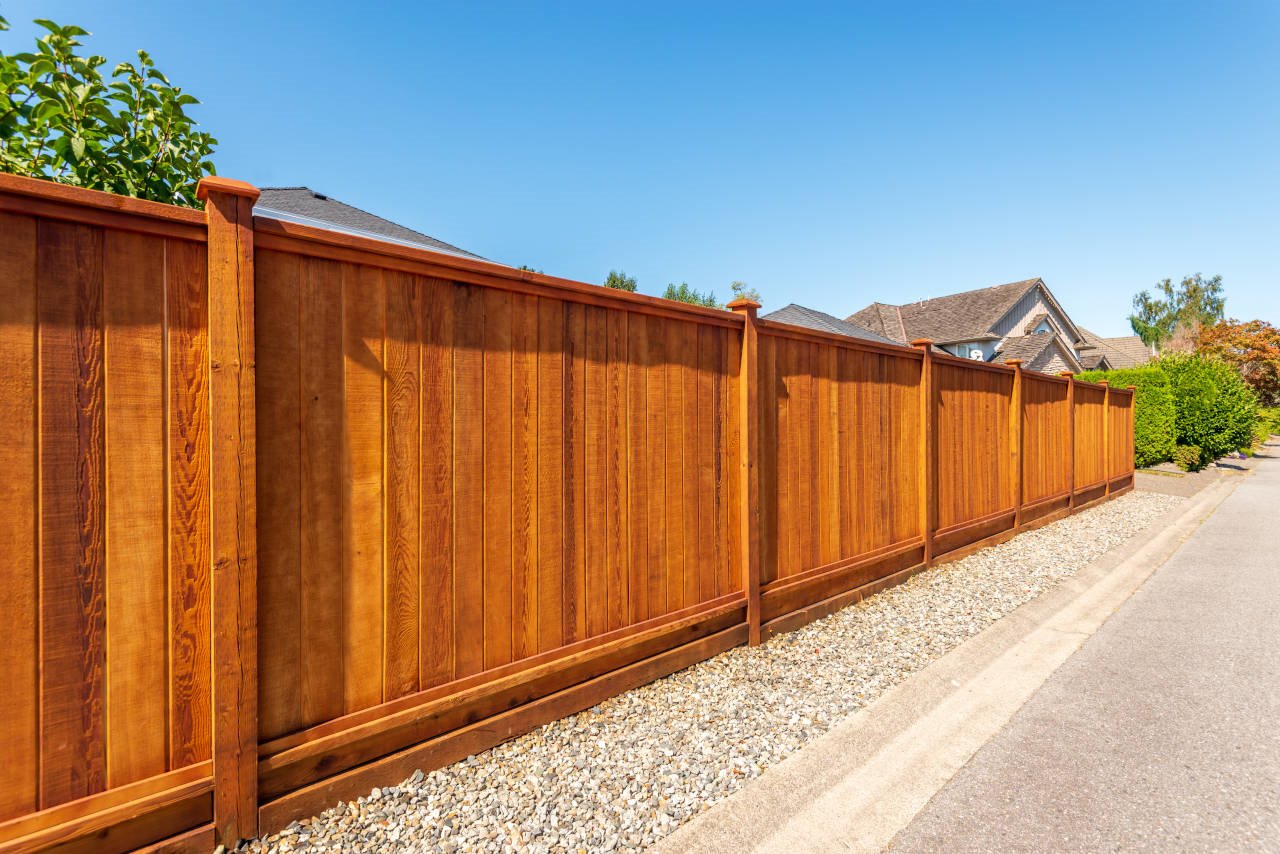

Articles
How Much Cost To Build A Fence
Modified: October 20, 2024
Looking for articles on how much it costs to build a fence? Check out our comprehensive guide and get an estimate for your fencing project.
(Many of the links in this article redirect to a specific reviewed product. Your purchase of these products through affiliate links helps to generate commission for Storables.com, at no extra cost. Learn more)
Introduction
Building a fence around your property is not only a practical solution for enhancing privacy and security, but it can also add aesthetic value to your home. However, before embarking on this home improvement project, it is crucial to understand the factors that influence the cost of building a fence. By familiarizing yourself with these factors, you can make informed decisions and effectively budget for the construction.
The cost of building a fence can vary significantly depending on several key factors, including the type of fence, materials used, labor costs, and additional considerations. This article will provide a comprehensive overview of these factors, allowing you to estimate the expenses involved and plan accordingly.
Whether you’re considering building a fence for the first time or replacing an existing one, this guide will equip you with the necessary knowledge to make informed decisions and stay within your budget. So let’s dive into the different aspects that impact the cost of building a fence.
Key Takeaways:
- Building a fence involves various cost-influencing factors such as size, type, materials, and labor. Understanding these factors helps in budgeting effectively and making informed decisions for a successful project.
- Prioritize obtaining permits, hiring reputable professionals, and factoring in additional costs like site preparation and ongoing maintenance when planning to build a fence. Compliance with regulations and thorough budgeting ensure a smooth and successful project.
Read more: How Much Does A Concrete Fence Cost
Factors that Affect the Cost of Building a Fence
When it comes to building a fence, numerous factors come into play that can influence the overall cost. By understanding these factors, you can better estimate the expenses involved and make informed decisions. Here are some key factors that affect the cost of building a fence:
- Size of the fence: The size of the fence is one of the most significant factors impacting the cost. The longer and taller the fence, the more materials and labor will be required, resulting in higher costs. Additionally, if your property’s perimeter is irregular or has many corners, the complexity of installation can also affect the cost.
- Type of fence: There is a wide range of fence types available, each with its own cost considerations. Some common types include wood, vinyl, chain-link, aluminum, and wrought iron. The cost will vary depending on the style, materials used, and level of customization required. For example, ornamental iron fences tend to be more expensive compared to basic chain-link fences.
- Materials used: The choice of materials will significantly impact the cost of your fence. If you opt for a wood fence, different wood species may have varying costs. Likewise, using higher-quality materials or opting for more durable options like vinyl or aluminum will generally result in a higher upfront cost.
- Location: The location of your property can influence the cost of building a fence. Factors such as local labor costs, accessibility, and the terrain of the land can impact the installation process and, in turn, affect the overall cost. For example, if your property is located on hilly terrain or requires extensive excavation, the installation may be more challenging and costly.
- Additional features: The inclusion of additional features such as gates, decorative elements, or custom designs can significantly impact the cost of building a fence. These features often require more materials and labor, resulting in additional expenses. It’s essential to consider these factors when determining the overall cost of your fence.
By considering these factors, you can develop a clearer understanding of the expenses involved in building a fence. This knowledge will help you make informed decisions regarding the type of fence, materials used, and additional features, ensuring that you stay within your budget while achieving your desired results.
Determining the Type of Fence
Choosing the right type of fence for your property is crucial in determining the overall cost and achieving your desired functionality and aesthetic appeal. Before starting the construction, it is essential to consider your specific needs and preferences. Here are some factors to consider when determining the type of fence:
- Privacy: If privacy is a priority for you, a solid fence like wood or vinyl would be the best option. These types of fences offer a high level of privacy by blocking the view from outside.
- Security: If security is a concern, you may want to consider a fence with added security features like chain-link or wrought iron. These fences provide a strong physical barrier and are often used for commercial properties or areas with high-security needs.
- Aesthetics: The visual appeal of the fence is also an important consideration. If enhancing the aesthetic value of your property is a priority, you can explore options like ornamental iron or custom-designed fences. These types of fences can add a touch of elegance and uniqueness to your property, but they may come with a higher cost.
- Maintenance: Consider the level of maintenance required for different types of fences. Wood fences, for example, may require regular staining or painting and occasional repairs. On the other hand, vinyl or aluminum fences are low-maintenance and can withstand various weather conditions without deteriorating.
- Local regulations: Check your local regulations or homeowners association guidelines to ensure that the type of fence you choose complies with the rules and restrictions. Certain areas may have restrictions on fence height, materials, or styles. Failure to comply with these regulations may result in additional costs or legal issues.
Once you have considered these factors, you can narrow down your options and choose the most suitable type of fence for your needs. Remember to keep your budget in mind when making your decision, as different types of fences vary in cost due to factors such as materials, complexity of installation, and customization options.
By carefully determining the type of fence that aligns with your requirements, you can move forward with the construction process and ensure that the end result meets your expectations while staying within your budget.
Materials Needed for Building a Fence
When it comes to building a fence, the choice of materials plays a vital role in determining the overall cost, durability, and appearance of the fence. The materials needed for building a fence can vary depending on the type of fence you choose. Here are some common materials used for different types of fences:
- Wood: Wood is a popular choice for many homeowners due to its natural beauty and versatility. Common types of wood used for fences include cedar, pine, redwood, and cypress. The amount of wood needed will depend on the size of the fence and the desired height. Additional materials such as posts, rails, and fasteners will also be required.
- Vinyl: Vinyl fences are made from a durable, low-maintenance material that can mimic the appearance of wood without the need for regular painting or staining. Vinyl panels, posts, caps, and fasteners are necessary for the installation. The number of panels and posts required will depend on the size and design of the fence.
- Chain-Link: Chain-link fences are a popular option for both residential and commercial properties. The primary materials needed include galvanized chain-link fabric, posts, top rails, tension wires, and fittings. The quantity of these materials depends on the desired height and length of the fence.
- Aluminum: Aluminum fences offer a combination of durability and elegance. The materials needed for an aluminum fence include panels, posts, gates, and fasteners. The number of panels and posts required will depend on the dimensions of the fence.
- Wrought Iron: Wrought iron fences are known for their strength and ornamental appeal. The materials needed for a wrought iron fence include panels, posts, railings, gate components, and decorative elements. The amount of material required will depend on the design and size of the fence.
In addition to the main materials mentioned above, other materials like concrete for setting the posts, gravel for drainage, and hardware for attaching the fence components will be required. It is also essential to factor in the cost of finishes such as paint, stain, or sealant, depending on the type of material used.
When estimating the cost of materials, consider factors such as the quality of the materials, the quantity required, and any additional features or customizations. It is advisable to consult with professionals or visit local suppliers to get accurate pricing and ensure you have all the necessary materials before starting the fence construction.
By carefully considering the materials needed for building a fence and factoring them into your budget, you can ensure a successful and cost-effective fence installation that meets your aesthetic and functional requirements.
Consider the size, materials, and labor costs when estimating the cost to build a fence. Research local prices for materials and labor to get an accurate estimate.
Estimating Labor Costs
When planning to build a fence, it’s important to consider the labor costs involved in the project. The labor costs can vary based on factors such as the type and size of the fence, the complexity of the installation, and the local labor rates. Here are some key considerations for estimating labor costs:
- Type of fence: Different types of fences require varying levels of expertise and effort to install. For instance, installing a basic chain-link fence may be less labor-intensive compared to a custom-designed ornamental iron fence. The complexity of the fence design and the materials used can impact the amount of time and skill required for installation.
- Size of the fence: The size of the fence is another crucial factor in estimating labor costs. Larger fences will require more time and effort to install, which may result in higher labor costs. Additionally, if the terrain is uneven or requires extensive preparation, it may add to the labor-intensive nature of the project.
- Preparation work: The condition of the site before installation can also affect labor costs. If there is existing fencing that needs to be removed or if the area needs to be cleared of obstructions, it may require additional time and effort from the laborers. Similarly, if the installation requires digging holes for posts or grading the land, it can add to the labor costs.
- Accessibility: The accessibility of the installation site can impact labor costs as well. If the location is easily accessible and allows for efficient movement of materials and equipment, it can facilitate a smoother installation process. However, if the site is difficult to access or requires special equipment or techniques, it may increase the labor costs.
- Local labor rates: The labor rates charged by professionals in your area will also influence the overall labor costs. Labor rates can vary significantly depending on factors such as the cost of living, demand for skilled labor, and local competition. Researching and obtaining quotes from multiple contractors can help you get a better idea of the average labor costs in your area.
It’s important to note that labor costs can be a significant portion of the overall project expenses. It’s advisable to work with experienced and reputable contractors who can provide an accurate estimate and ensure a high-quality installation. Additionally, obtaining multiple quotes and comparing the labor costs can help you make an informed decision and ensure that you stay within your budget.
By considering these factors when estimating labor costs, you can have a better understanding of the financial aspects of building a fence and make appropriate arrangements to ensure a successful and cost-effective project.
Read more: How Much Does Invisible Fence Cost
Additional Cost Considerations
When budgeting for building a fence, it’s important to take into account various additional cost considerations beyond just the materials and labor. These additional costs can impact the overall project expenses and should be factored in to ensure an accurate budget. Here are some important additional cost considerations to keep in mind:
- Permits: Depending on your location, you may need to obtain permits or approvals from your local municipality or homeowners association before building a fence. These permits often come with associated fees that need to be included in your budget. It’s essential to research the permit requirements and factor in these costs to avoid any unexpected expenses.
- Site preparation: In some cases, the installation site may require preparation work before the fence can be built. This could include clearing vegetation, removing old fencing, or leveling the ground. Any necessary site preparation costs should be accounted for in the budget. It’s advisable to assess the site beforehand and consider any additional expenses that may arise from site preparation.
- Finishes and treatments: Depending on the type of fence material you choose, you may need to consider additional costs for finishes and treatments. For example, wood fences may require staining, painting, or sealing to protect them from the elements and extend their lifespan. These costs should be factored into your budget, especially if you want to maintain the aesthetics and durability of your fence in the long term.
- Insurance and warranties: It’s important to consider the cost of insurance and warranties for your new fence. Some homeowners insurance policies may require additional coverage for certain types of fences. Additionally, warranties on the materials or workmanship can provide peace of mind but might come with additional costs. Look into these considerations and ensure that they align with your budget and coverage needs.
- Maintenance and repairs: Beyond the initial installation cost, it’s important to consider ongoing maintenance and potential repair costs for your fence. Some materials, like wood, may require regular maintenance or occasional repairs. Understanding the long-term maintenance needs and associated costs will help you plan for the future and ensure that your fence remains in good condition.
- Landscaping: Building a fence may impact your current landscaping, and it’s important to consider any additional landscaping costs that may arise from the construction. This could include reseeding or replanting areas affected by the fence installation or modifying landscaping elements to accommodate the new fence.
By taking these additional cost considerations into account, you can develop a more realistic and comprehensive budget for building your fence. Additionally, being prepared for these costs will help you avoid any financial surprises and ensure a successful and well-planned project.
Obtaining Permits and Hiring Professionals
When building a fence, it’s important to ensure that you comply with local regulations and obtain any necessary permits or approvals. Additionally, hiring professionals for the installation can ensure a safe and efficient project. Here are some key considerations when it comes to obtaining permits and hiring professionals:
- Research local regulations: Before starting any fence construction, research the local regulations and requirements in your area. Different municipalities and homeowners associations may have specific rules regarding fence height, setback distances, materials, and design. Understanding these regulations will help you design and build a fence that meets the necessary requirements.
- Obtain permits: Once you have researched the regulations, determine whether you need to obtain any permits or approvals. Contact your local building department or planning office to understand the permit application process, associated fees, and required documentation. It’s important to factor in the time and cost of obtaining permits into your project timeline and budget.
- Consult professionals: Consider consulting with professionals who specialize in fence installation. They can provide valuable insights into the design, materials, and permits required for your specific project. Professionals can also offer accurate cost estimates based on their expertise and experience. Research local fencing companies or contractors and request multiple quotes to compare their services and prices.
- Check credentials: When hiring professionals, ensure they have the necessary credentials and licenses required in your area. Look for contractors who are experienced in building the type of fence you desire. Ask for references or read reviews from previous clients to gauge the quality of their workmanship and professionalism.
- Get written estimates: Obtain written estimates from the professionals you are considering hiring. The estimate should include the cost of materials, labor, any additional services, and the estimated timeline for completion. It’s essential to have a clear understanding of the cost breakdown before making a decision.
- Sign a contract: Once you have chosen a professional, sign a contract that clearly outlines the scope of work, timeline, payment terms, and any warranties or guarantees. Ensure that both parties have a copy of the signed contract for reference throughout the project.
By obtaining the necessary permits and hiring reputable professionals, you can ensure that your fence installation is compliant with regulations, meets your expectations, and is completed efficiently. Working with professionals also provides peace of mind, as they have the expertise to handle any challenges that may arise during the construction process.
Remember that communication is key throughout the project. Regularly communicate with the professionals, keep track of any changes or updates, and address any concerns or questions promptly. This will help maintain a smooth and successful fence installation from start to finish.
Conclusion
Building a fence around your property is a significant investment that enhances privacy, security, and the overall aesthetic appeal of your home. However, it’s important to understand the various factors that can impact the cost of building a fence and properly plan for the project.
Factors such as the type of fence, materials used, labor costs, and additional considerations like permits and professional services all play a role in determining the overall expense. By considering these factors, you can develop a realistic budget and successfully build a fence that meets your desired functionality and visual appeal.
When determining the type of fence, think about your specific needs and preferences, whether it’s privacy, security, aesthetics, or a combination of factors. Choose materials that align with your desired look, maintenance requirements, and budget. Consider additional cost considerations, such as permits, site preparation, and ongoing maintenance, to get a more accurate estimate of your expenses.
Obtaining the necessary permits and hiring experienced professionals will ensure compliance with local regulations, provide expert advice, and save you time and effort in the installation process. Take the time to research and compare professionals, check their credentials, and obtain written estimates and contracts to ensure a smooth and successful collaboration.
In conclusion, by carefully considering all the factors involved and properly budgeting for the project, you can build a fence that not only meets your functional needs but also enhances the value and appeal of your property. With proper planning and execution, your new fence will provide privacy, security, and a beautiful addition to your home for years to come.
Frequently Asked Questions about How Much Cost To Build A Fence
Was this page helpful?
At Storables.com, we guarantee accurate and reliable information. Our content, validated by Expert Board Contributors, is crafted following stringent Editorial Policies. We're committed to providing you with well-researched, expert-backed insights for all your informational needs.
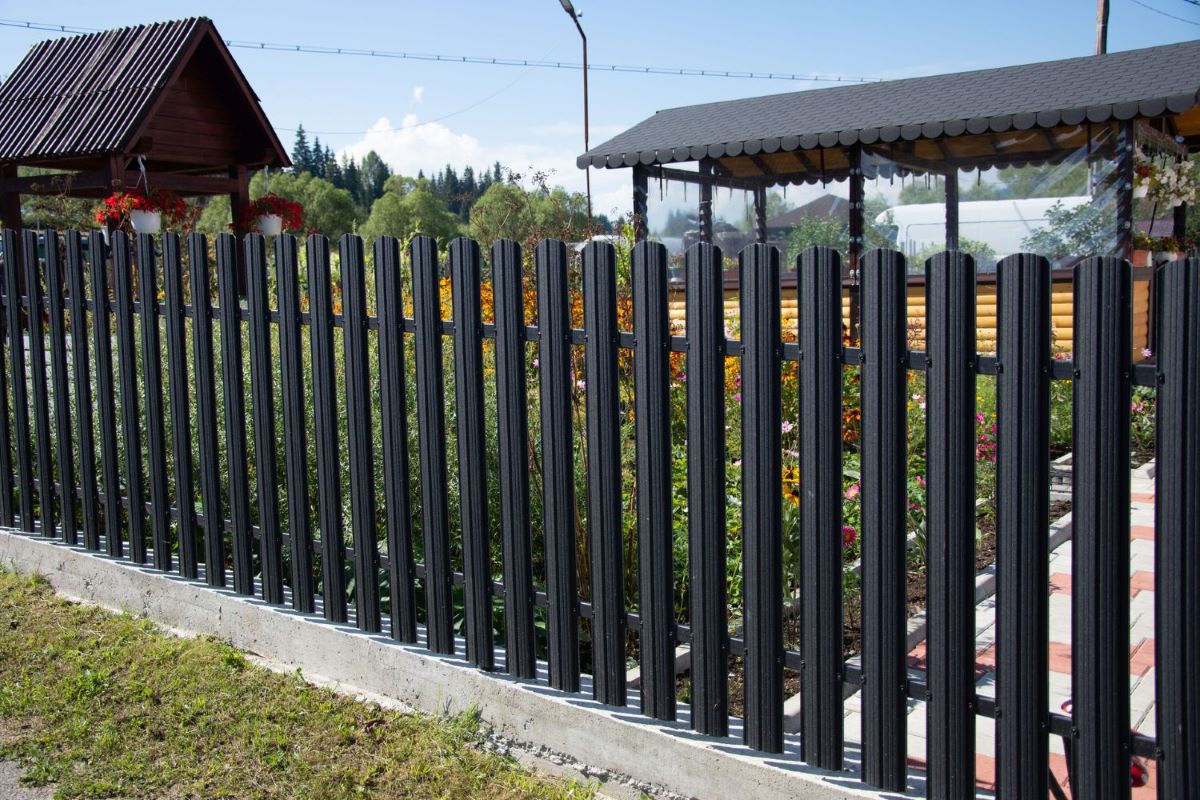
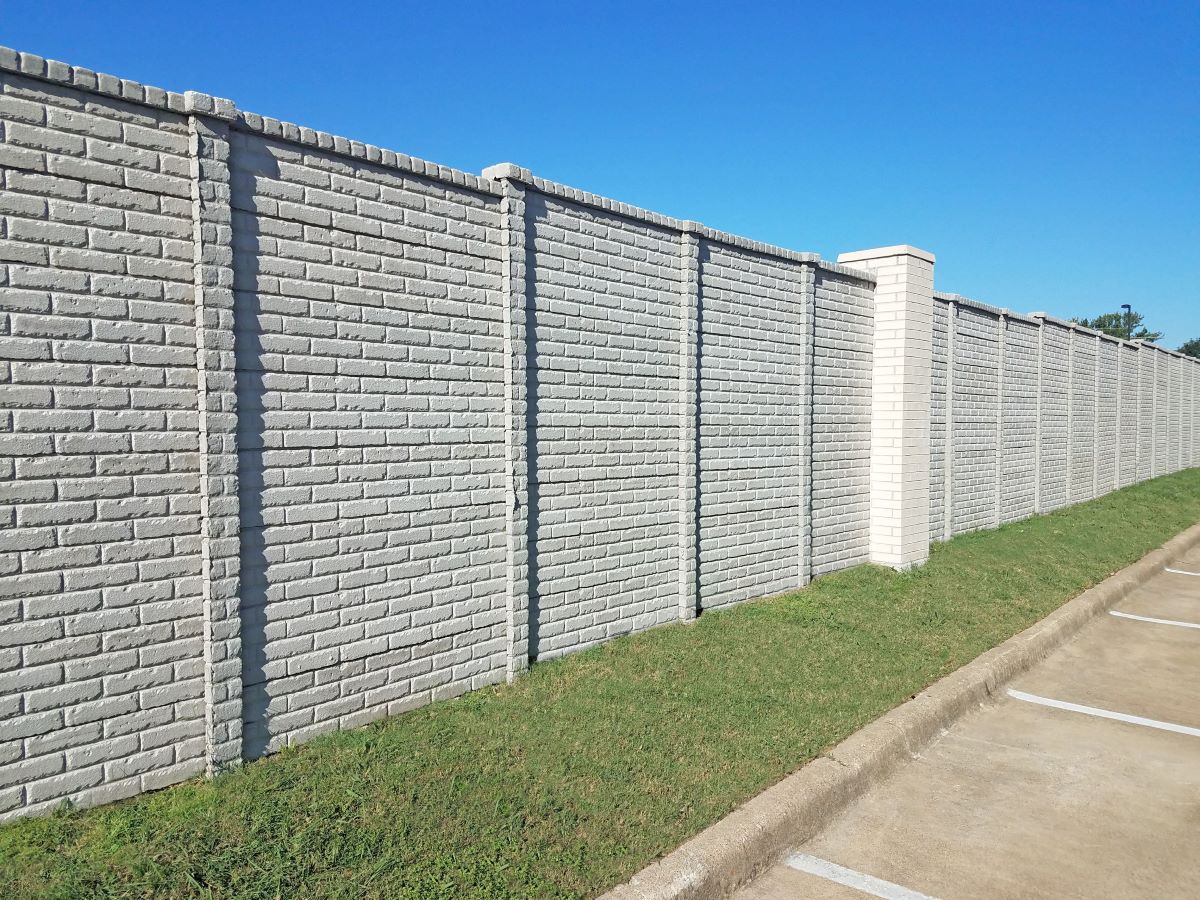
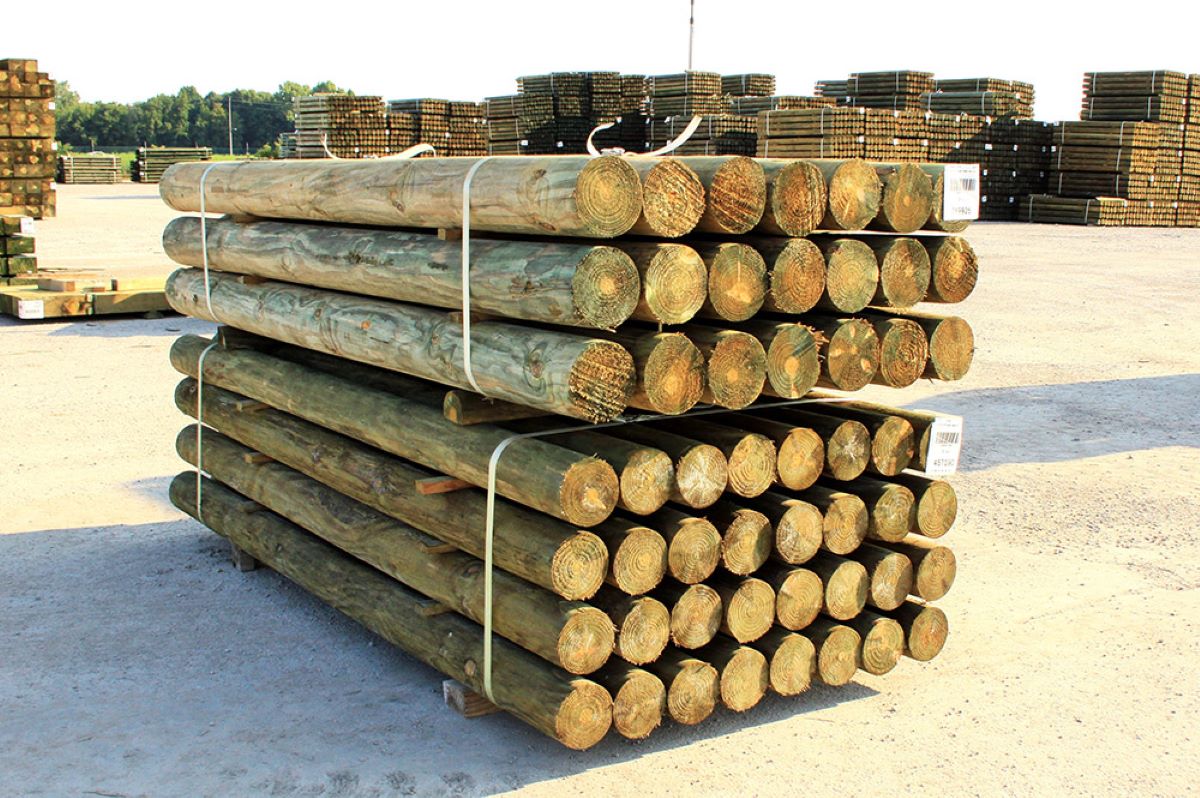

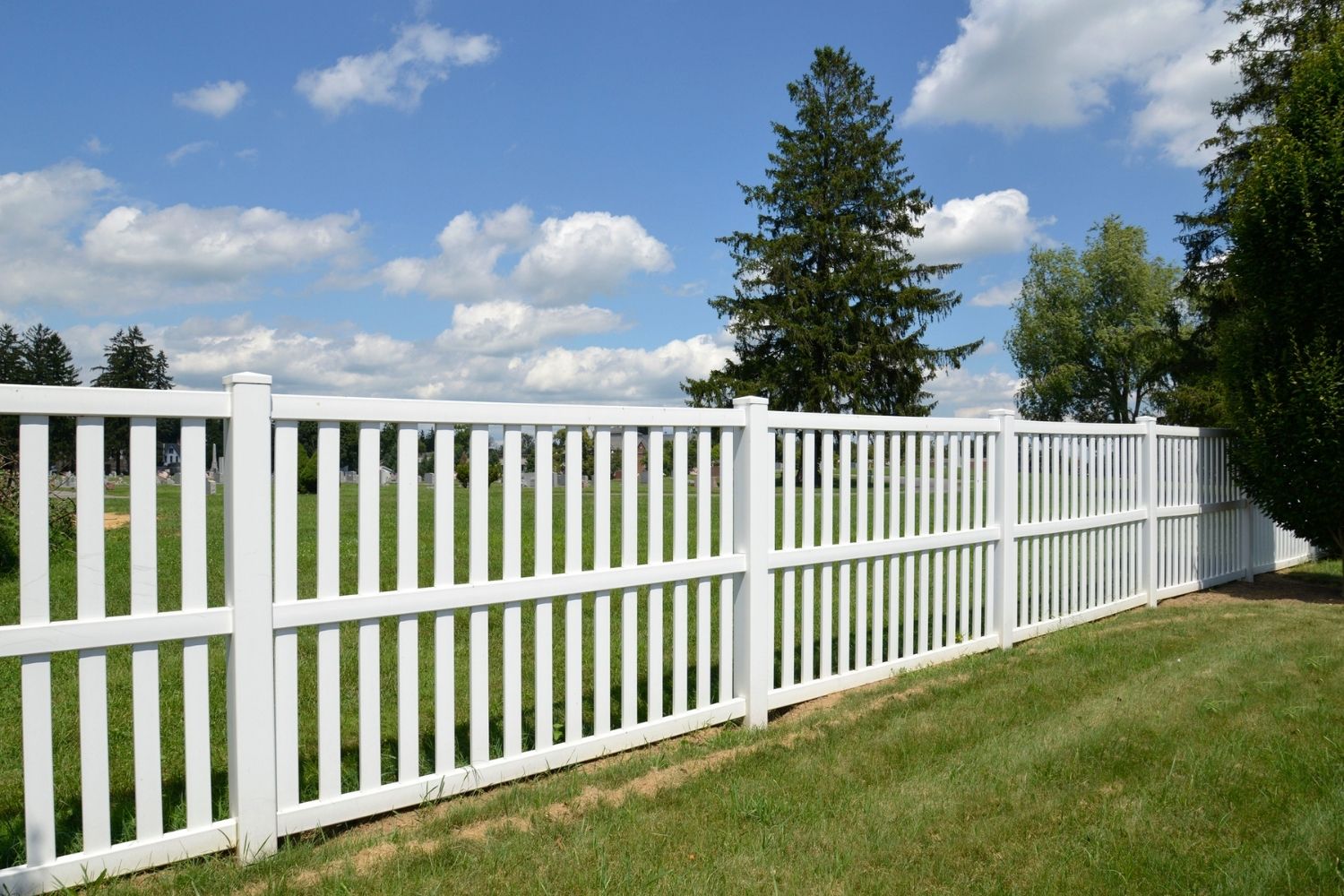
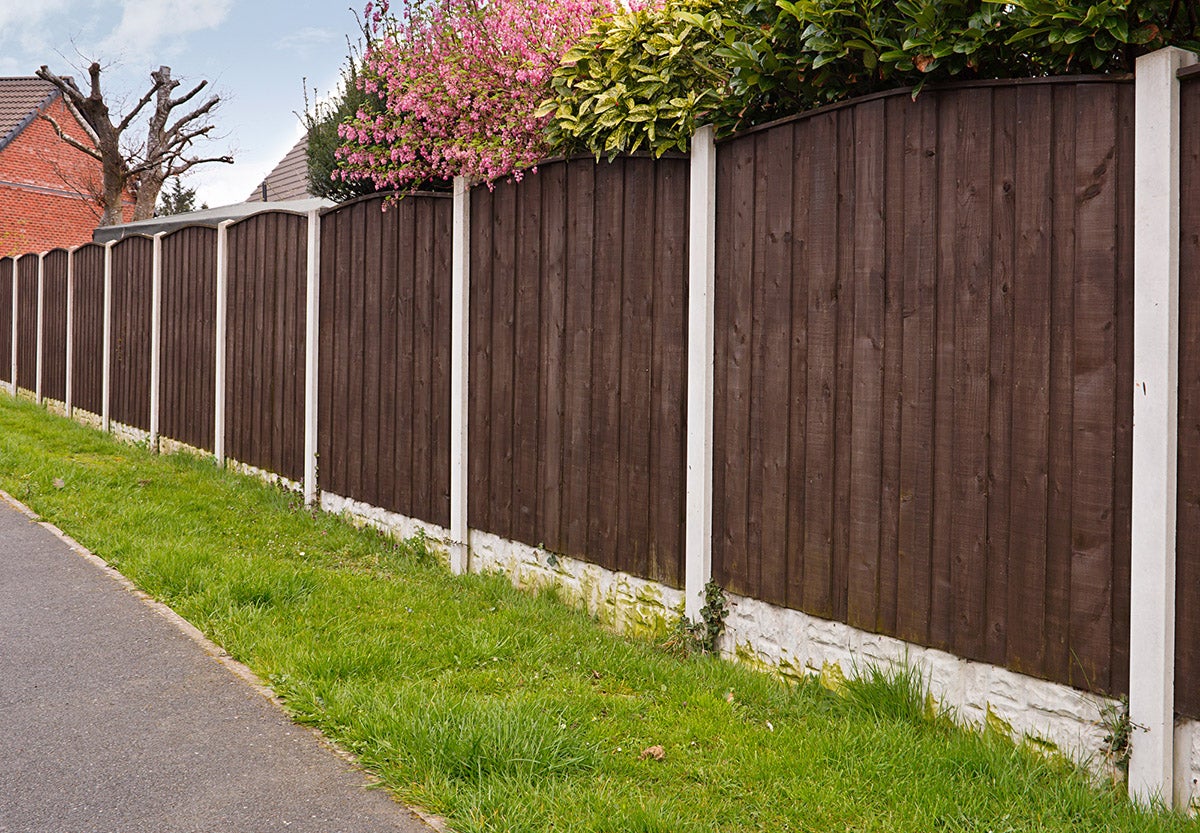
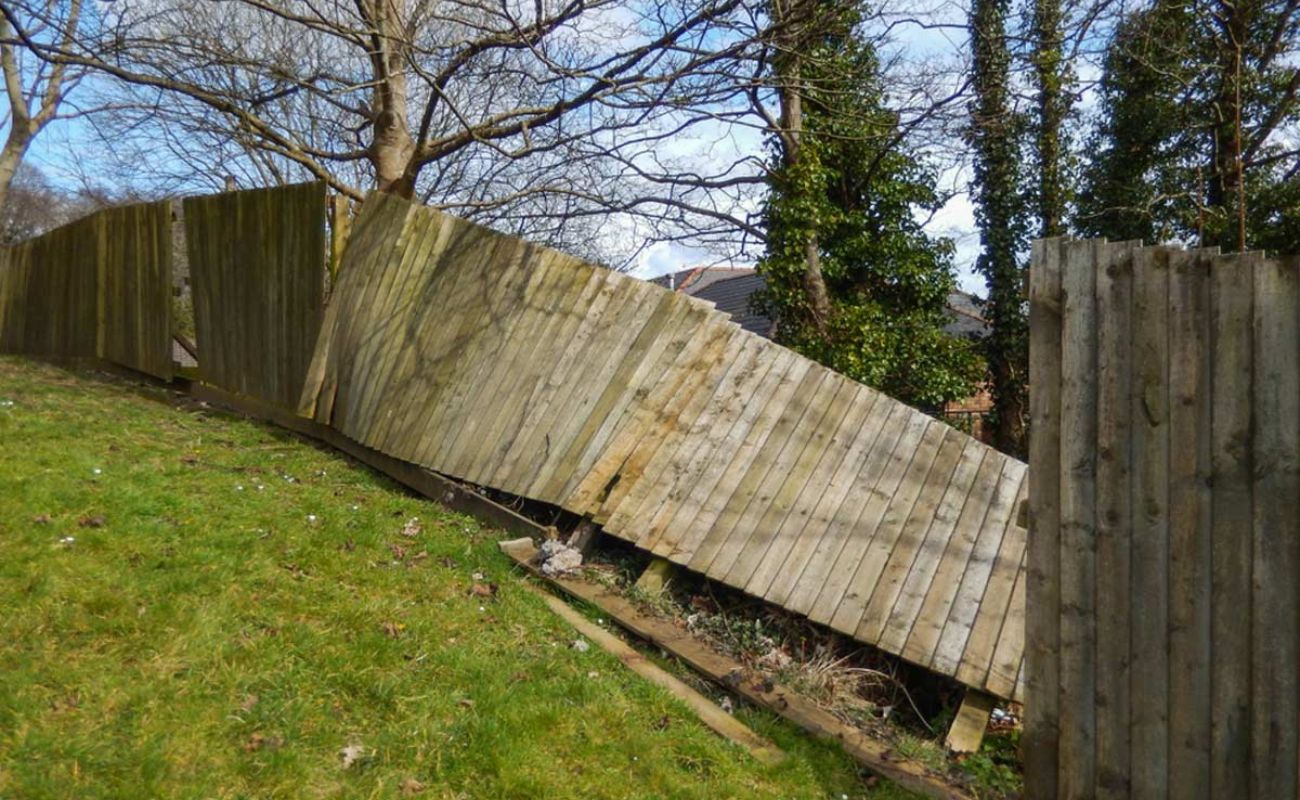
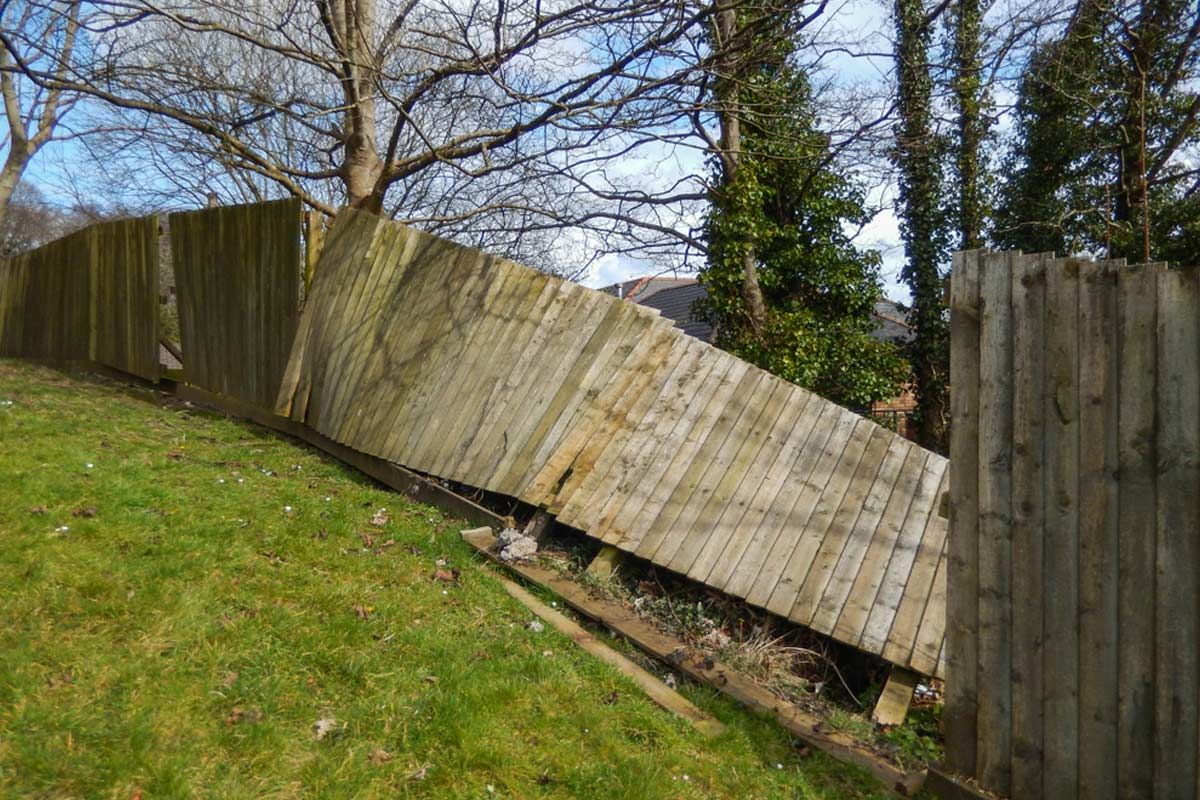
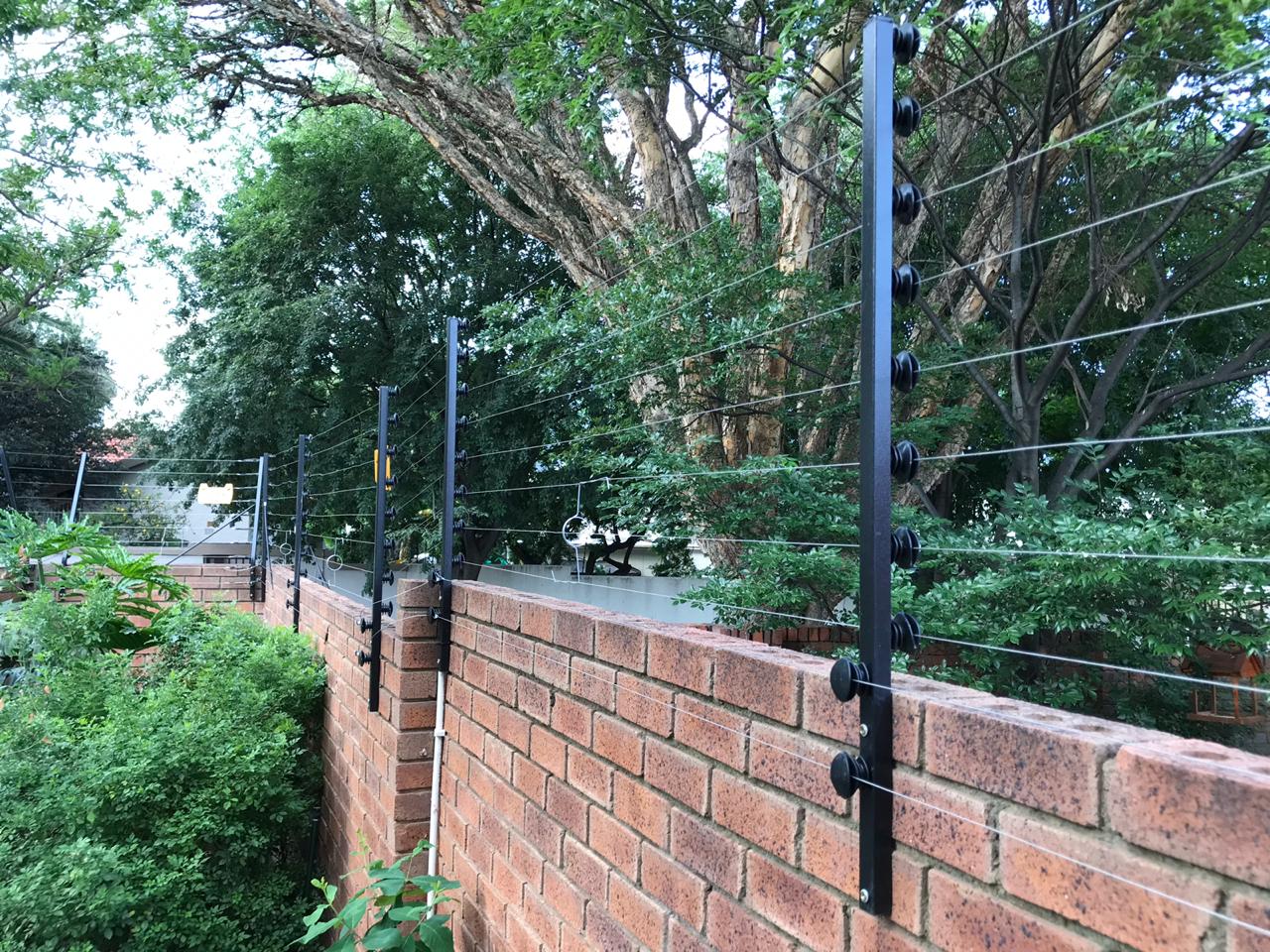
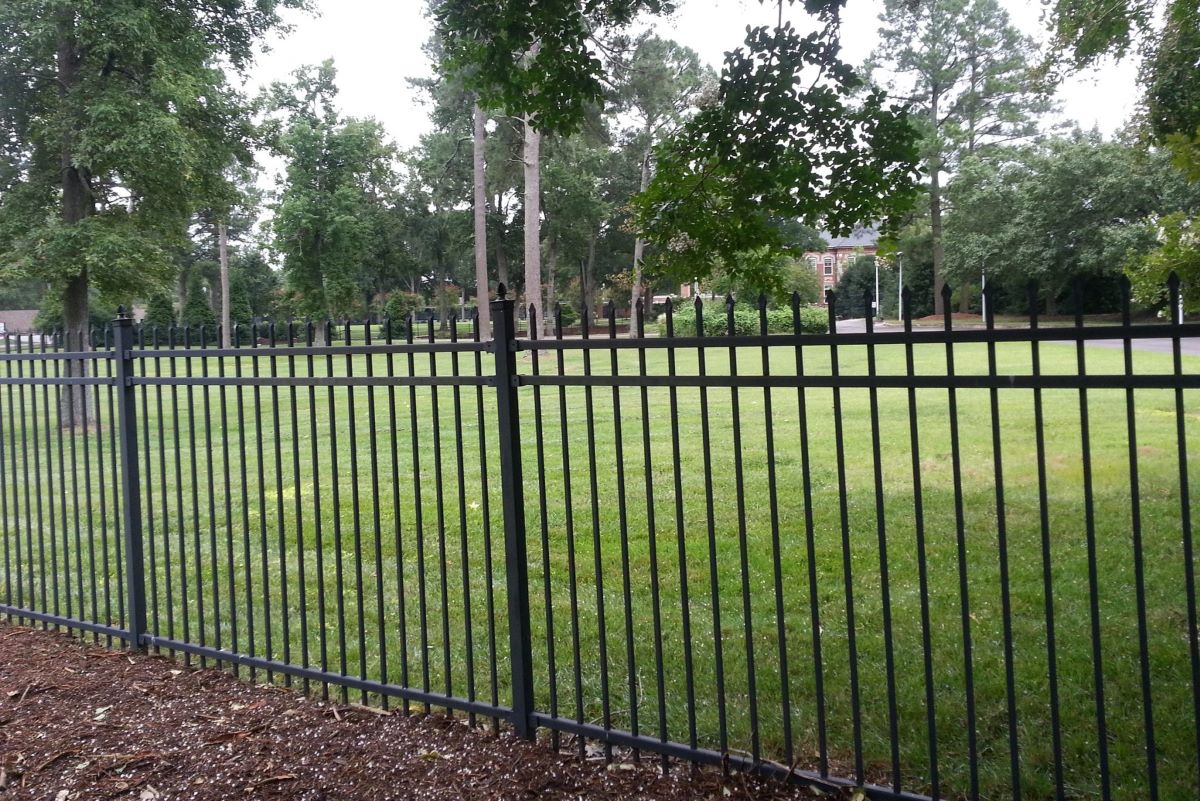
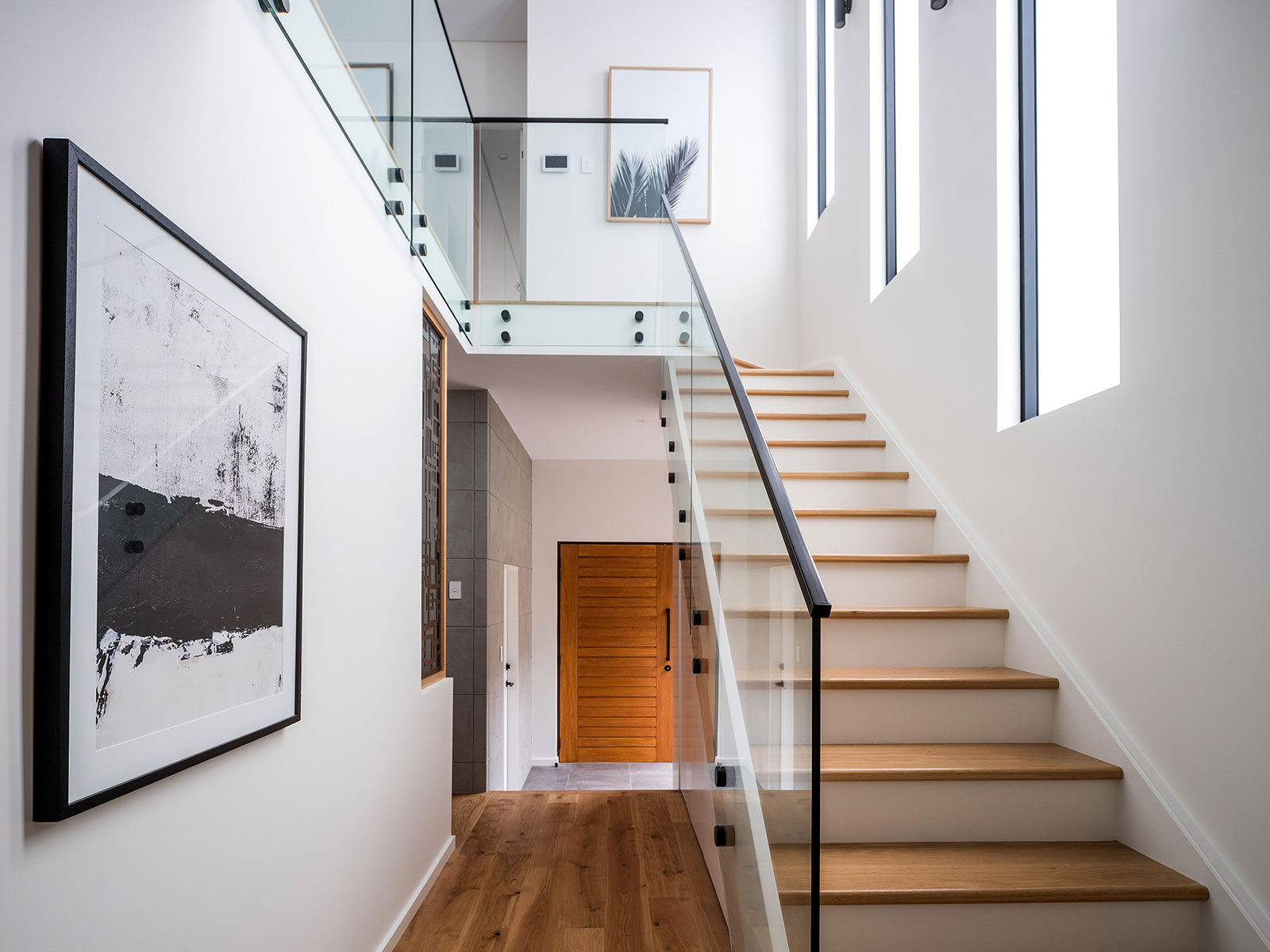
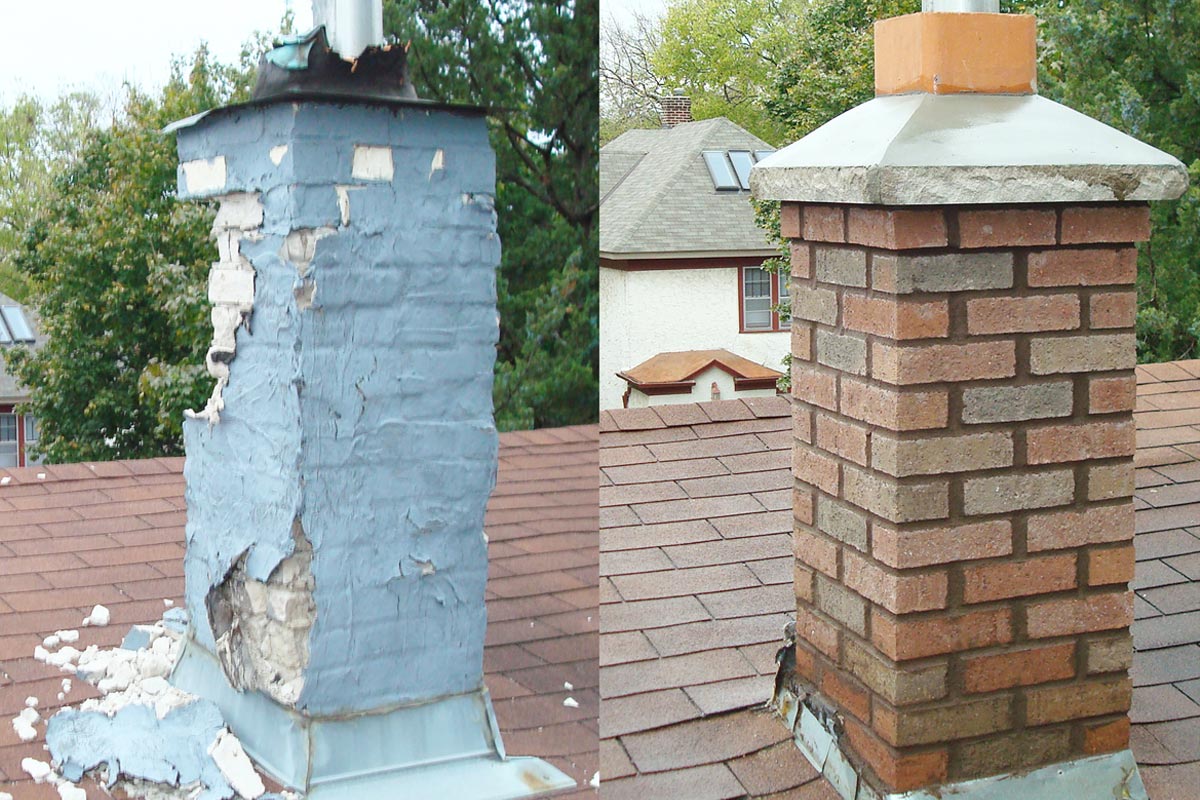
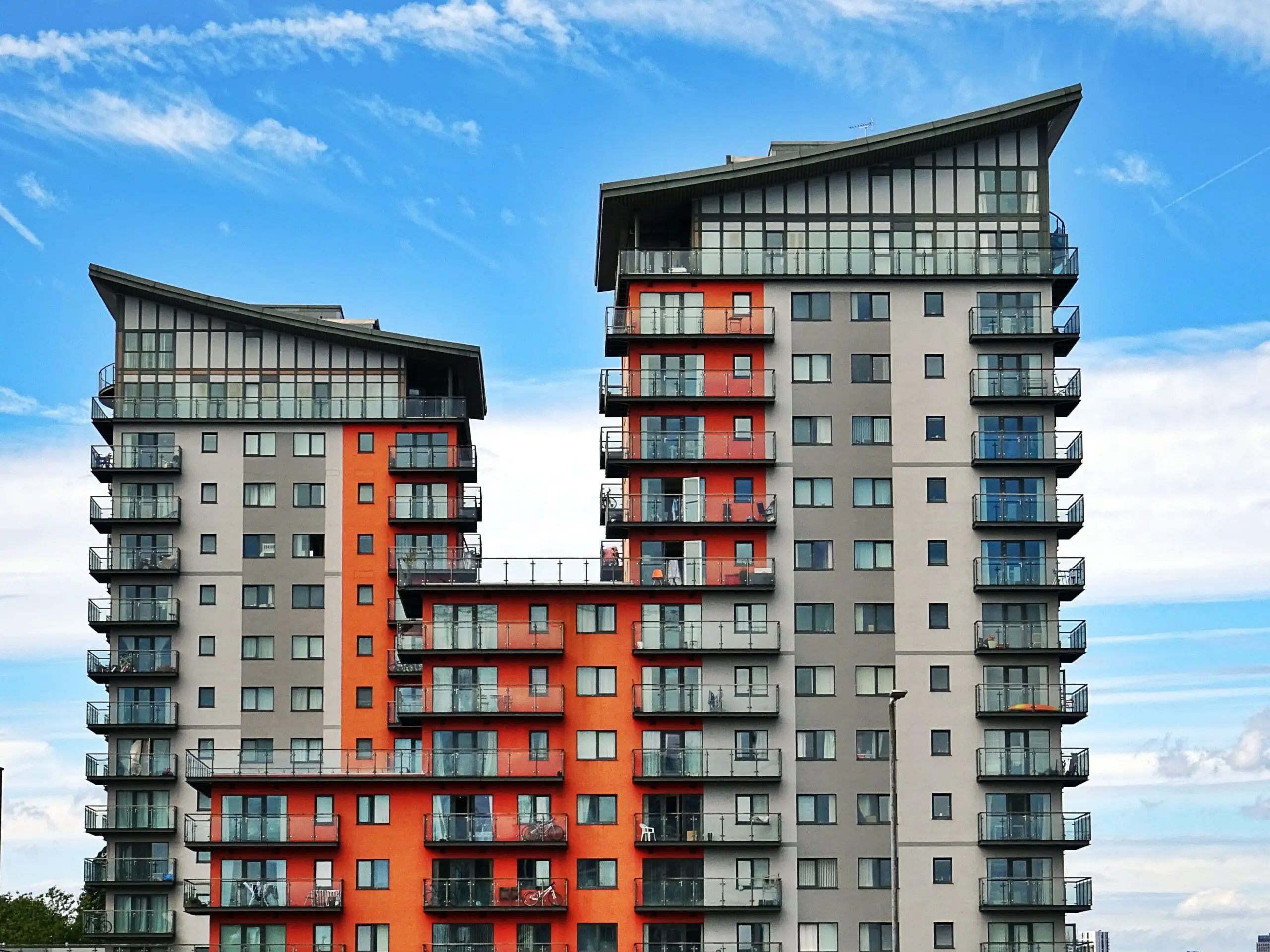
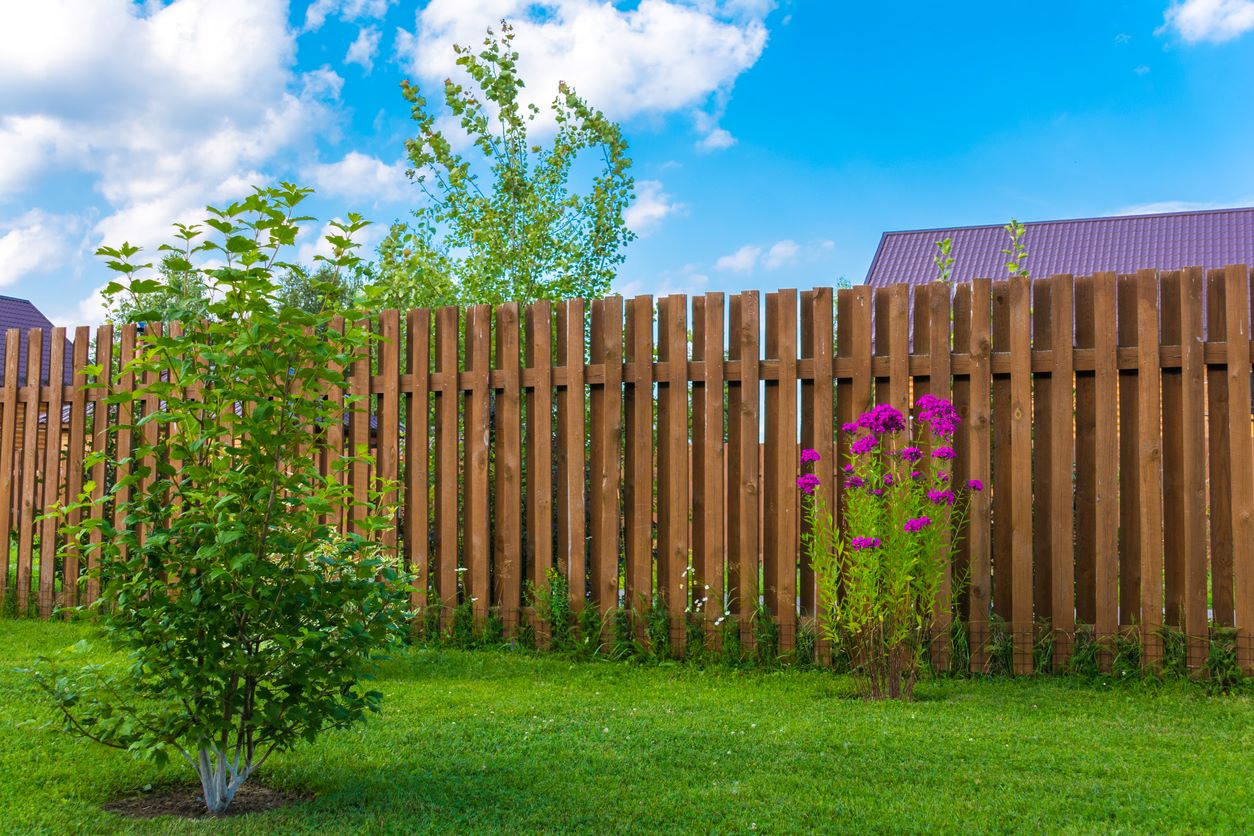

0 thoughts on “How Much Cost To Build A Fence”